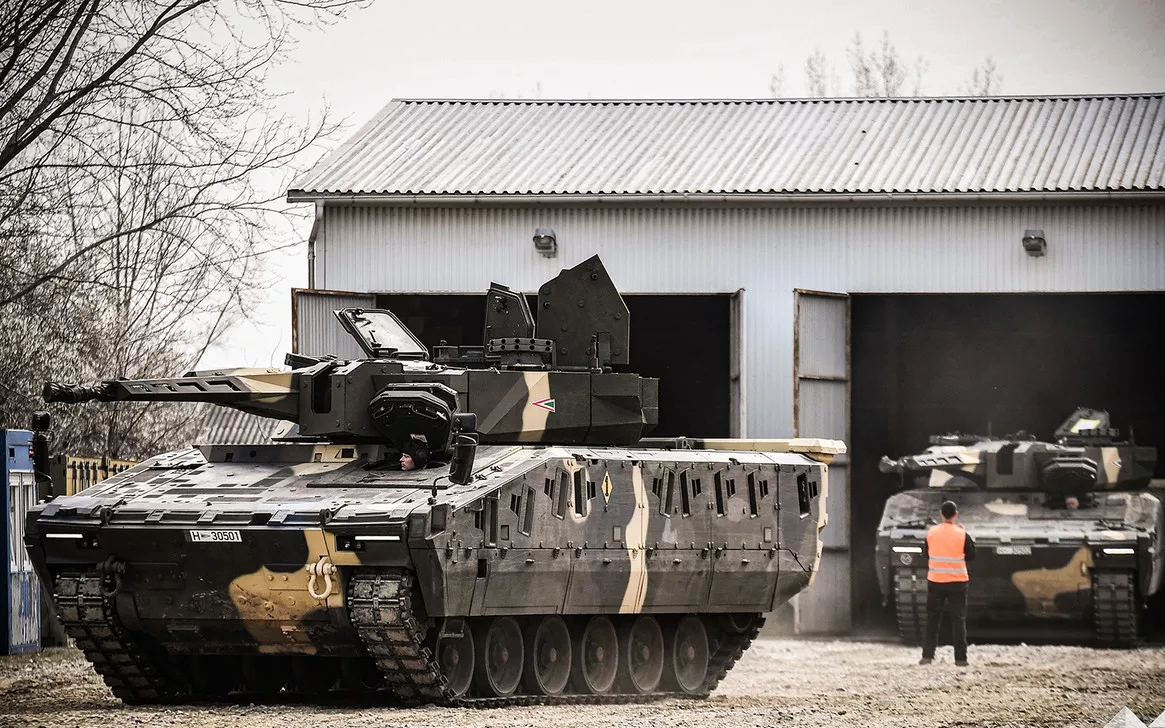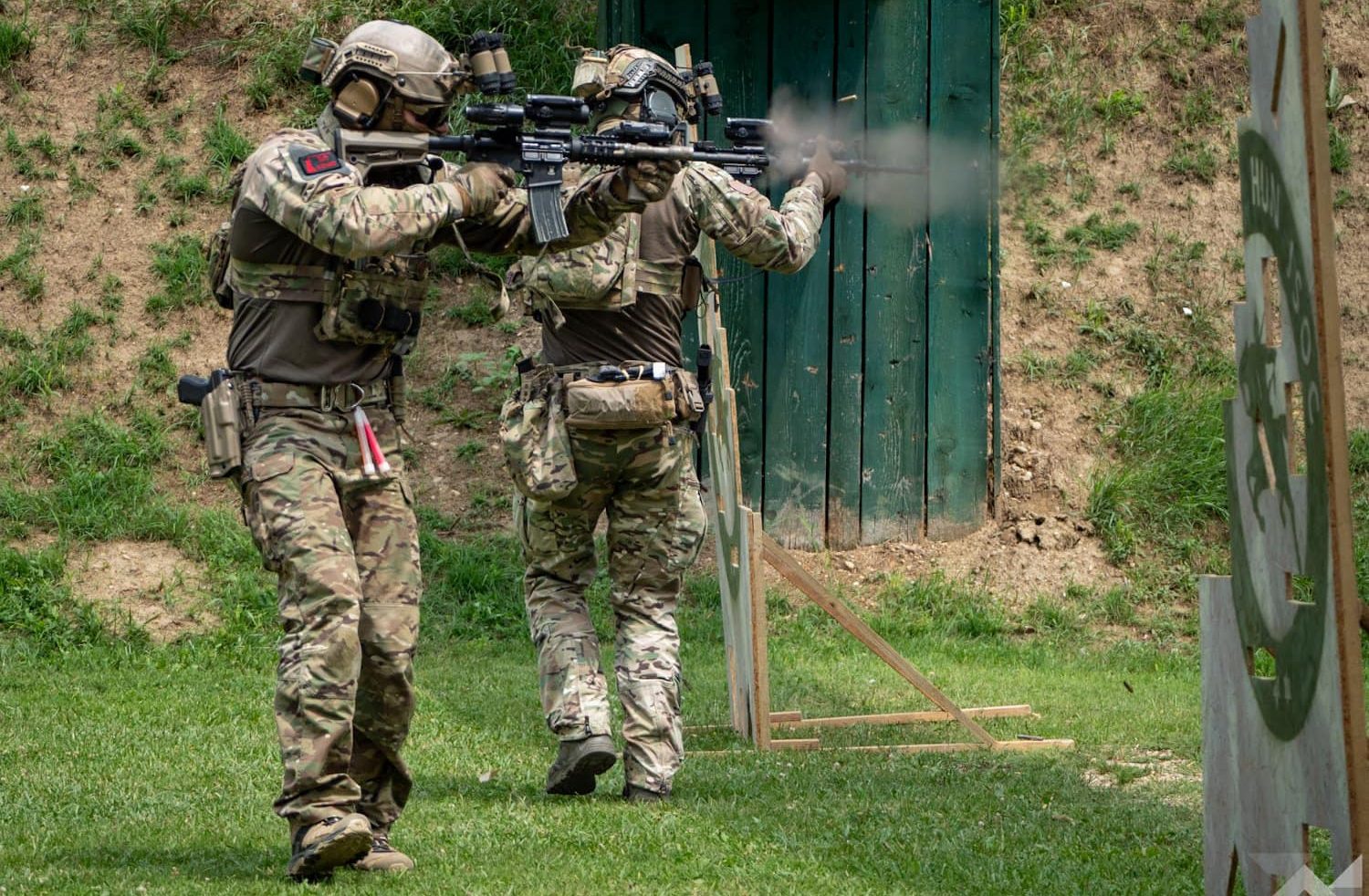
The mayor of Zalaegerszeg has praised the influx of foreign investment into a city that struggled with unemployment in the past.Continue reading

The German Ministry of Economic Affairs has released the latest arms export figures, which show that after Ukraine, Hungary is the top buyer, Világgazdaság reports.
So far this year, the German federal government has approved at least €4.62 billion worth of arms exports between January 1 and June 19, an increase of around 12 percent on an annual basis, according to data from the German Economy Ministry. The data was originally reported by the German news agency dpa and was also reported by Freiepresse.
Military equipment destined for Ukraine has the highest value, unsurprisingly – Ukraine has been granted export licenses worth €1.18 billion by the German authorities.
Hungary is close behind, however, with €1.03 billion worth of German arms.
Világgazdaság reported that given the specific situation of Ukraine and Ukrainian arms subsidies, it can be said that Hungary is the number one buyer of the German defense industry. Seven of the top ten countries ordering German arms are EU and/or NATO members. Hungary is followed by Cyprus, the United States, and the United Kingdom.
The new site added that the German figures confirm that the Hungarian government’s military build-up is proceeding at a rapid pace. They point out that there is a lot to come back from:
By 2010, some 50,000 military equipment and armaments had been sold from the Hungarian army’s warehouses, 500 tracked combat vehicles, and 140 self-propelled artillery pieces had been withdrawn from the system, and 77 T-72 tanks had been sold or, more precisely, given away to Iraq.
The helicopter fleet has been reduced, the gunnery, the mechanized gunner, and the combat helicopter capabilities have been eliminated. In addition, the size of the armed forces was reduced by 18,000. Virtually no resources remain for modernization.
The rebuilding of the army was launched with the Zrínyi 2026 program in 2016, and the war in Ukraine has further boosted defense industrial development and military equipment procurement.
NATO reports that Hungary’s defense spending as a share of GDP was 1.44 percent last year.
In this year’s amended budget, a defense fund of HUF 842 billion (EUR 2.2 billion) has been set up, so defense spending will exceed 2 percent of GDP in 2023, with the same target set for 2024. Next year, this budget will be close to HUF 1,310 billion (EUR 3.5 billion).
Featured photo via Horváth Sztaniszláv/honvedelem.hu